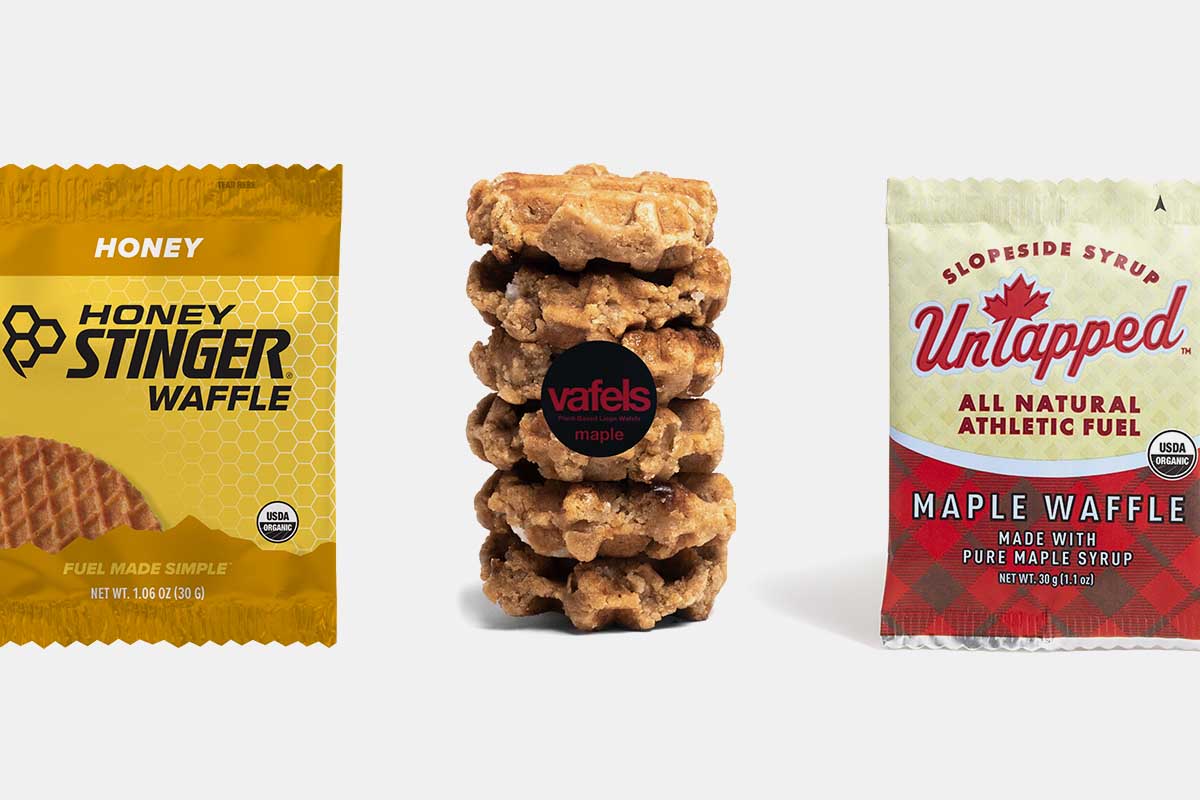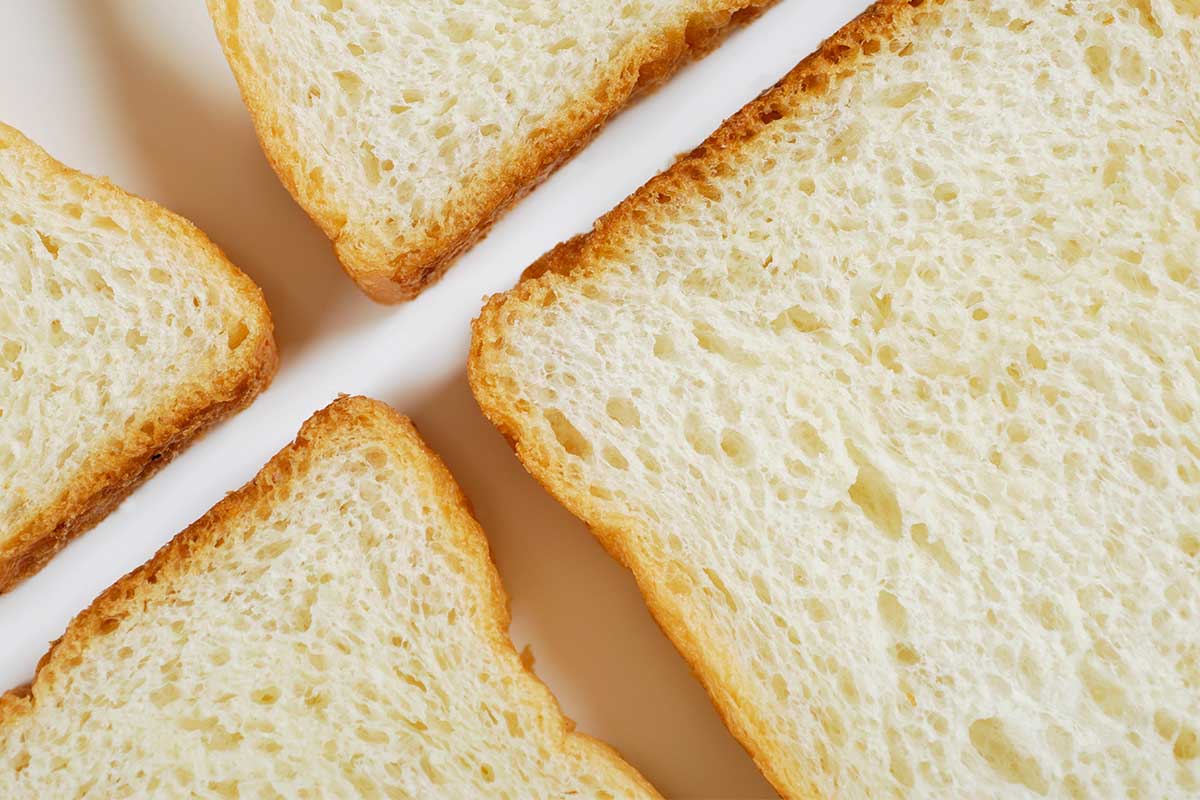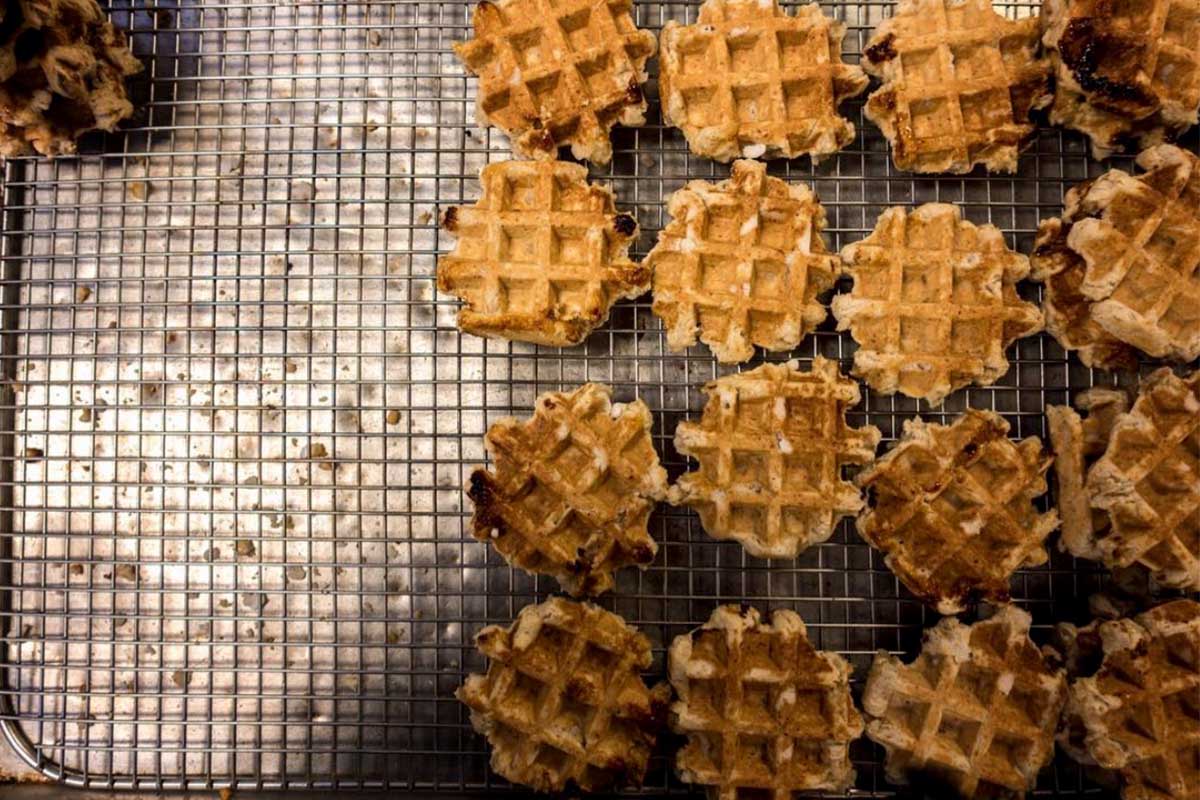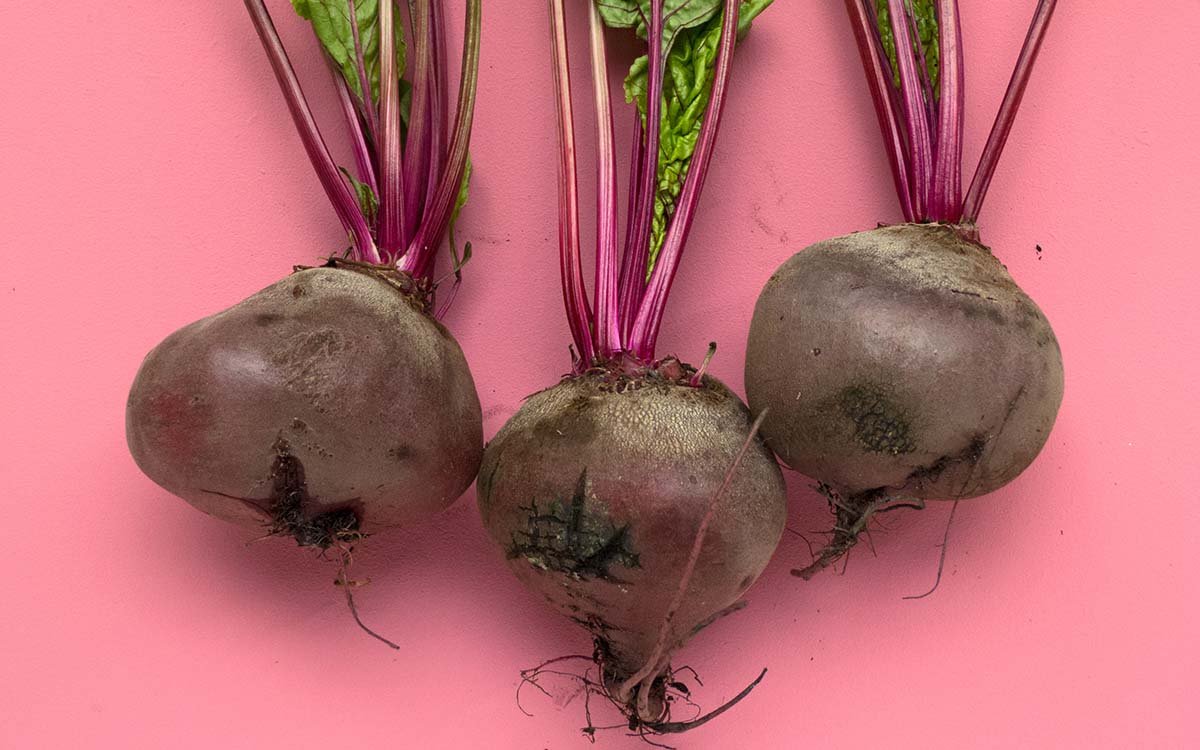If you sat down with a group of respected running coaches today and asked them what you should do to become a better runner, they’d talk about gaming your VO2 max, lactate threshold and metabolic rate by learning to run comfortably at paces up and down the speed spectrum. They’d emphasize proper form, turnover rate, arm drive and knee lift. They’d encourage you to stretch dynamically before a workout, and statically after. They’d prescribe progression runs and hill workouts and complicated track sessions that look something like this: 4×800@5Kw/90rest+2×400@90%. (That, believe it or not, is not an equation Matt Damon once solved on a MIT hallway chalkboard.)
This group of coaches would be right, on all accounts. Running is a delightfully simple sport, and it can stay that simple, if you so choose. It’s highly possible — assuming you’re adept at avoiding injury — to just run the same couple three-mile loops in your neighborhood for the rest of your life while buying a new pair of shoes every year or so. That alone would be great for your back, your brain and your heart. For the thousands of Americans who discovered running this year (or found their way back to it) that future probably sounds pretty good. But for those who really fall hard for running, it’s difficult to not run, at least some of the time, to get better, to earn cold, hard results. That’s where the convoluted workouts come in. That’s where the high-performance gear comes in. And that’s where, yes, waffles come in.
First, a quick health lesson: to get through a day, your body primarily wants to burn glucose, which is the digested form of carbohydrates. After you eat anything that contains carbohydrates (bananas, oatmeal, noodles), those carbs turn into sugars, which spread throughout your bloodstream. Because the average person doesn’t need too much glucose to function, excess stores of glucose (glycogen) then hang out in your muscles and liver. If you move continuously for 90 minutes or more, or simply demand an enormous amount of exertion from your body before that 90-minute mark, you’ll start to dip into this reservoir. After that, your body will start ripping through triglycerides (fat).
That last option sounds appealing, of course, and it’s more or less the reason for trends like carb-phobia or “fasted cardio,” which prioritize burning fat instead of glucose as an energy source while working out. If you’ve ever stopped eating pizza for a month in a quest for a summer six-pack, you’re familiar with the concept. But fat — while crucial to a balanced diet, especially in its monounsaturated, polyunsaturated and omega acid forms — is not an efficient source of ready-made energy. It takes longer to convert to fuel and offers less fuel in return.
For runners, especially those going longer than an hour in practice or at a meet, it doesn’t pay to get cute with carbs. Everyone’s heard about the euphoric “runner’s high” (I caught it on a 10-miler years ago; it rules), but the sensation has its antithesis: bonking. It occurs when there’s total glycogen depletion in the muscles. Your legs feel like bags of sand, and serious dizziness is just a quarter-mile’s run away. Historically, coaches would recommend runners preempt any sort of race-day Mayday by eating a ton of pasta the night before. My high-school cross-country team used go to an Olive Garden on the highway, which was pretty gross in retrospect, but also just misguided. For one, you should be filling up your glycogen stores multiple days in advance. But more importantly, it’s the day-of fuel that requires serious consideration.

To that end, there are foodstuffs that we normally think of as cheap or silly — and far below the purview of well-conditioned athletes — that are actually excellent sources of energy before a run. Waffles are the face of this obscure corner of the nutritional pyramid, a grouping that doesn’t malign simple carbohydrates, and sees sugar’s endgame as a conversion tool, instead of a comfort food. The most prominent name in the runners-actually-eat-waffles movement is Honey Stinger. Founded in 2001, the Steamboat Springs brand hosts races out West (including long-distance cycling events), often shows up at local races with giveaways and is known to sponsor monthly mile-counting challenges on Strava.
As the name suggests, Honey Stinger is built around honey as fuel — the brand makes “athletic snacks” that showcase the glucose and sucrose found in their wild honeybee honey (raw honey isn’t as ubiquitous as you might think). The waffle is their vessel of choice. It’s officially a stroopwafel (Dutch for “syrup waffle”), which refers to two, dried-out wafer cookies with a minuscule layer of filling in between. Honey Stinger also makes gels, those maltodextrin-rich squeeze-’ems that resemble astronaut food, but it’s their waffles that routinely end up on lists of “best pre-run meals.”
Waffles check a lot of boxes for runners. There’s somewhat of a psychological element at play; it’s easier to feel prepared for a workout or race after consuming real, whole foods: a banana, a scoop of peanut butter, a waffle. For those who haven’t experimented extensively with the wide world of goos, sucking one down at the starting line can feel very “Here goes nothing!” But more importantly, at the molecular level, waffles offer an ideal blend of simple and complex carbohydrates. Simple carbs (one or two sugar molecules linked together) offer quick energy and are often found in processed or refined foods. Complex carbs (three or more sugar molecules linked together) take longer to break down, but offer more sustained energy. They’re found in whole grains.
“Energy waffles” are designed to offer runners both simple and complex carbohydrates. The complex carbohydrates help make them more substantial than a gel or a chew, to avoid the dreaded crash and burn (though that’s way more important for half-marathon than a 5K) but they still recognize that the cheap sugars from simple carbohydrates are useful. When English mountaineers Edmund Hillary and Tenzing Norgay needed energy while summiting Everest in 1953, they regularly relied on Kendal Mint Cakes, a peppermint-flavored fudge bar. Head to England’s Lake District these days, and you’re more likely to find it in a confectionary than a sporting-goods store, but that’s more of a reflection on health-conscious consumers.
Whether you’re a mountaineer or a runner angling for those cold, hard results I mentioned earlier, a little sugar is going to do you more good than bad. You literally need it. In many cases, all those other, healthy nutrients we talk about so much are actually better served for well after your run. Protein? Best used to replenish your muscles in the hours after you’ve taxed them. Fiber? A great way to put a decade on your life, but not going to do you any favors before exercise.

Consider the fact that before a meet, many serious runners would much rather eat Wonder Bread, the supposed Darth Vader of grocery-store shelves, than any whole grain or sprouted option. That’s because it contains less fiber, and therefore induces less indigestion before a race. Consuming highly processed bread three times a day is a terrible idea, but if you’re trying to run fast, it’s gasoline. And assuming you’re someone who’s consistently leaving the house to go run fast somewhere, you probably have a system that can handle a little extra refined sugar week to week, anyway.
Which brings us back to waffles. Honey Stinger isn’t the only name in town. There are also GU Energy Stroopwafels, Rip Van Wafels and UnTapped Waffles. Most of these options follow a similar format to Honey Stinger’s, though they may differ on ingredients, flavors and dietary inclusivity (like gluten-free varieties). One offbeat brand is Vafels, based in Boulder. They bake plant-based Liège Wafels, based on the popular cart snack in Belgium, which are cooked with caramelized pearl sugar. It’s a heftier waffle, with fluff similar to the ones you grew up with on Sunday mornings, and it’s already a cult favorite among long-distance outdoor athletes in Colorado.
You should feel free to sample any of these brands, or even (gasp) wolf down a couple Eggos. There is pre-workout precedent for the most infamous name brand, ranging from Bryce Harper (who’s apparently a waffle fanatic) to this woman on the internet who smartly paired her Eggos with a sliced banana. The key, whatever you elect to eat, is to not make it a feast. No drowning them in sugar. All told, this will probably meddle with your usual understanding of waffles. That’s okay. This is just one way to bring something recognizable, something comforting, into your running routine. A waffle can’t propel you to a PR on its own, but it can lend you the cheap energy you need to summon a final kick on that last mile. You can celebrate your new best with a heaping plate of OG waffles — including butter, bacon, the works — after you cross the finish line.
Whether you’re looking to get into shape, or just get out of a funk, The Charge has got you covered. Sign up for our new wellness newsletter today.
























